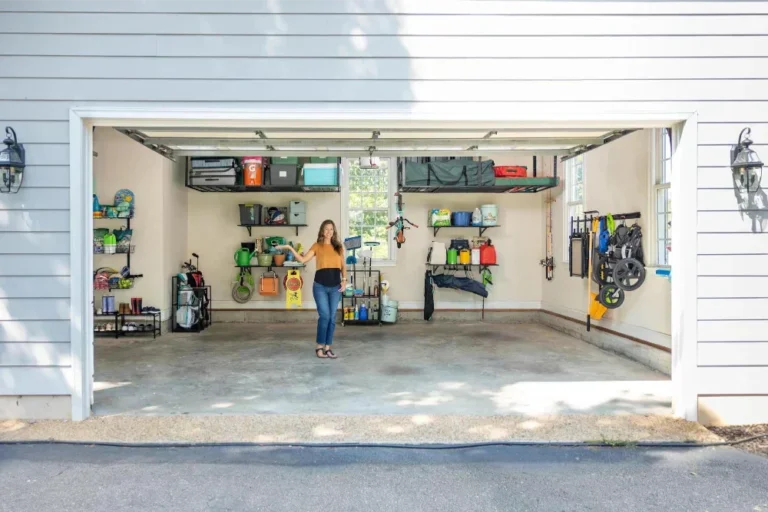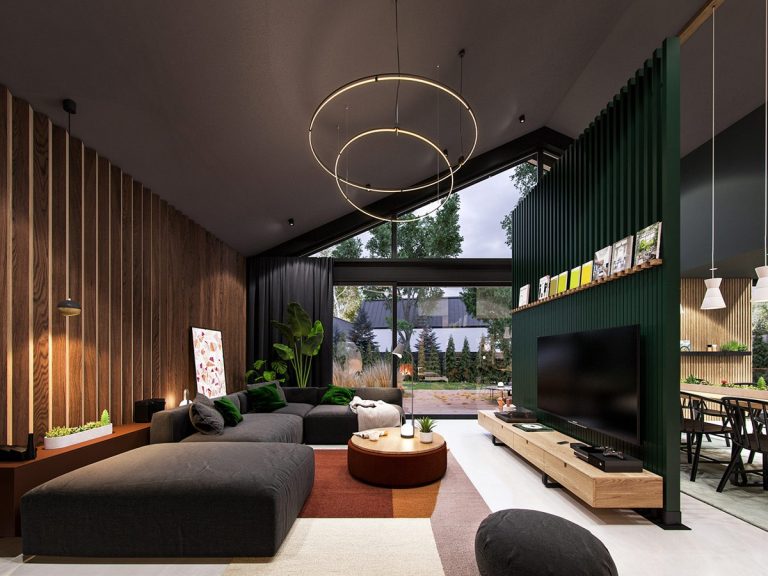Home decor is much more than simply filling a space with furniture and accessories; it’s about creating an environment that resonates with your personal style, enhances your well-being, and provides a sanctuary for everyday life. Aesthetics, in the context of home design, refers to the visual appeal and emotional atmosphere of a space, defined by the way colors, textures, furniture, and accessories work in harmony. Understanding the concept of aesthetics for home decor is key to achieving a cohesive, inviting, and balanced interior that reflects your tastes. Whether you’re redesigning a single room or overhauling your entire home, a well-curated aesthetic can transform your living space into something truly extraordinary.
Understanding Home Aesthetic: A Brief Overview
The aesthetic of a home goes beyond superficial decoration. It encompasses the overall visual impression of a room, created through a combination of various design elements such as color schemes, furniture selection, lighting, and textures. The key is to create a space that feels cohesive, with every element complementing one another to form a unified atmosphere. While the concept of “aesthetic” is subjective, it often draws from various design principles that can help bring your vision to life.
A home’s aesthetic is influenced by several factors, including personal style, the architectural characteristics of the space, the colors used, and the types of furnishings and decor chosen. Some may prefer minimalist aesthetics with clean lines and neutral colors, while others might gravitate toward a more eclectic or bohemian feel, with rich colors, textures, and a mix of old and new pieces. Understanding your personal preferences and the mood you want to create is the foundation of building an aesthetic that aligns with your tastes and needs.
The Role of Color in Home Aesthetic
Color is one of the most powerful tools in home decor, affecting not only the visual appeal of a room but also the emotions and mood it evokes. The colors you choose can make a room feel cozy, spacious, calm, or energetic. In creating your home’s aesthetic, consider the psychological impact of different colors.
Light, neutral tones such as whites, grays, and beiges are often associated with calm and serenity. These colors can make a room feel larger and more open, which is particularly useful for small spaces. Additionally, neutrals serve as a versatile backdrop, allowing furniture, artwork, and accessories to stand out.
On the other hand, darker hues like navy, charcoal, or deep green can create a sense of intimacy and warmth. While they may make a room feel smaller, when used strategically, they add richness and drama, making them perfect for spaces such as dining rooms or libraries.
Bold colors such as reds, yellows, or vibrant oranges can evoke energy and warmth, while pastel shades such as soft pinks, lavenders, and light blues lend a sense of tranquility. When working with color, it’s important to balance the hues across the room and avoid overwhelming the senses. Using complementary shades or incorporating one bold accent color against a neutral background can create a harmonious yet dynamic space.
Furniture and Layout: Defining the Space
The furniture you choose and the way you arrange it in a room plays a major role in shaping the aesthetic of the space. The furniture should not only be functional but should also reflect the style you are aiming for. In contemporary design, for example, clean lines, minimalist structures, and functional pieces are key characteristics, whereas traditional furniture tends to feature ornate details, richer materials, and a more symmetrical layout.
When designing a space, it’s important to focus on layout before filling the room with furniture. The arrangement should promote natural flow and movement, allowing people to move freely and comfortably throughout the space. In living rooms, for example, seating should be arranged in a way that encourages conversation, with chairs and sofas positioned around a central point, such as a coffee table or fireplace.
For smaller rooms, consider multifunctional furniture that can optimize space without sacrificing style. Pieces like storage ottomans, fold-out desks, or modular sofas can work wonders in compact areas, combining form and function seamlessly.
Textures: Adding Depth and Character
Texture plays a pivotal role in the overall aesthetic of a room. By using a variety of textures, you can add depth, warmth, and visual interest to the space. Mixing smooth, polished surfaces with soft, tactile fabrics creates a balance between comfort and sophistication.
Incorporating textiles such as plush rugs, velvet cushions, or woven throws can soften hard surfaces like wood or metal. The use of natural materials, such as linen, leather, and wool, also enhances the tactile experience and creates a more inviting atmosphere.
Layering textures in your design—through curtains, cushions, bedding, or upholstery—also allows you to reflect the personality of the space. For a cozy, intimate feel, soft, tactile textures like flannel and wool are perfect, while sleek, glossy surfaces like glass and polished stone lend a more modern, chic vibe.
Lighting: The Secret to Atmosphere
Lighting is often an overlooked element when it comes to defining a home’s aesthetic, yet it plays a crucial role in how a space feels and functions. Proper lighting can make all the difference, transforming a dull room into a vibrant one or creating a cozy ambiance.
Natural light is always ideal, but not all rooms have access to large windows or plenty of sunlight. In such cases, layered lighting is key. Ambient lighting, such as overhead fixtures or recessed lighting, creates a soft, even glow across the room. Task lighting, like desk lamps or pendant lights, illuminates specific areas where more focused light is needed. Accent lighting, such as sconces or floor lamps, can be used to highlight artwork or architectural features.
For a warm, inviting atmosphere, opt for warm-toned bulbs. For a more modern, energetic feel, cooler tones may be more appropriate. Consider the mood you want to create in each room and choose lighting accordingly.
Personalization: Bringing Your Aesthetic to Life
The aesthetic of a home should feel deeply personal. The beauty of home decor lies in the ability to express individual tastes, creating a space that feels unique and authentic. Personalization can be achieved through art, family heirlooms, travel souvenirs, or even books and collectibles that tell your story.
Wall art is an easy way to introduce personality into a room, whether it’s through a striking painting, framed photographs, or a collection of eclectic prints. Similarly, objects like decorative vases, vintage furniture, or artisanal pieces bring a sense of history and character into a home.
Another aspect of personalization is the use of sentimental items. These pieces don’t necessarily need to be grand or expensive; rather, they should hold meaning. A cherished quilt passed down through generations or a handmade lamp from a local artisan can add a sense of warmth and individuality to a space.
Sustainable Aesthetic: A Modern Approach
Sustainability has become a key consideration in home decor, influencing everything from furniture choices to materials and finishes. Many homeowners are increasingly looking for ways to incorporate eco-friendly materials into their spaces, such as reclaimed wood, recycled glass, and low-VOC paints.
Choosing sustainable furniture and decor not only benefits the environment but also promotes a timeless aesthetic. Classic, well-crafted pieces often outlast trendy items, ensuring that your space remains stylish for years to come.
Final Thoughts
In the end, the aesthetic of your home is a reflection of who you are, an ever-evolving canvas that changes with time, trends, and life stages. By carefully considering color, furniture, texture, lighting, and personalization, you can create a space that feels harmonious, inviting, and uniquely yours. Home decor isn’t just about filling a space with beautiful items; it’s about crafting an environment that nurtures your sense of well-being, creativity, and joy. By embracing your personal aesthetic, you not only define your surroundings but also shape the emotions and experiences that unfold within them.















